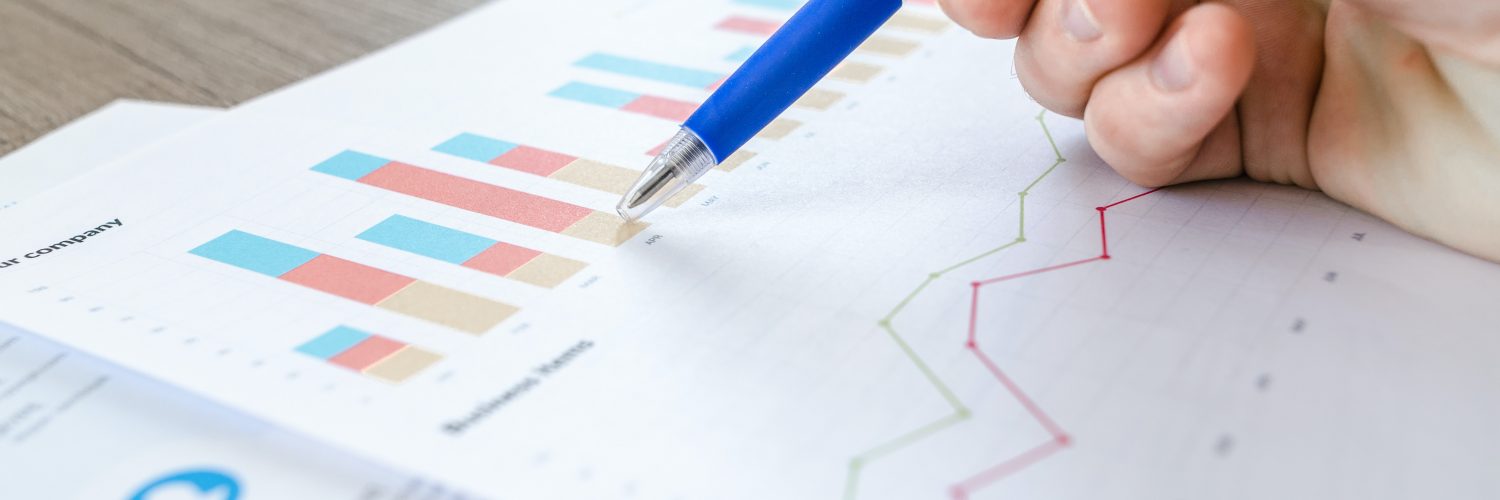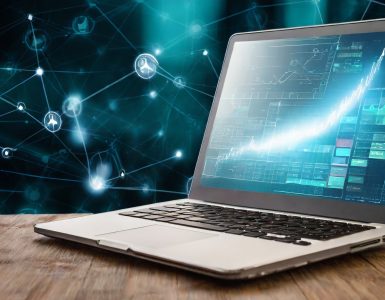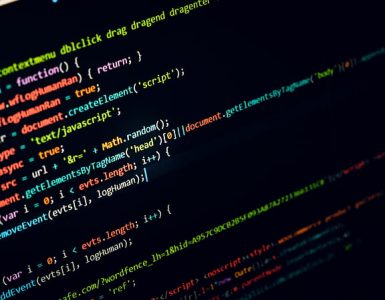Introduction
Data science has enabled us to interpret meaning from collected data using different tools and techniques. It facilitates data driven decision making. Everyday, an ambiguous amount of data is being generated, and data science plays a critical role in pulling the most significant insights from this data, thereby helping various industries. These outcomes help data scientists in generating predictive results. Machine learning algorithms are improving regularly to solidify these predictions.
In this blog, we will be looking over some real-world applications of data science, including healthcare, finance, technology, education, and many more.
What is Data Science?
Data Science involves data analysis, data visualization, building machine learning algorithms, and the use of predictive analytics to generate detailed analytic reports that help stakeholders in data driven decision making.
Solving a Data Science Problem
1. Understand the Problem
First and foremost, a data scientist should have a business acumen and a solid understanding of the industry they are working in. Following that, one should have a deep knowledge of the tools and technologies that will be used. Having the right set of skills makes it easier to understand the problem to its core and work on the most significant aspect of the data.
2. Data Collection and Preparation
Data is collected from a variety of sources, including basic CSV files, APIs, structured databases like MySQL, web scraping, etc. At this point, the data is all messy and inconsistent, which might lead to false and inaccurate predictions. To prevent this, data preparation is done by handling missing values, data types and data transformation.
3. Data Analysis
The finalized data is analyzed by powerful Python data analysis libraries like Pandas and Numpy, where data scientists can perform data manipulation, data exploration, grouping and sorting of variables, and so on. This helps them to identify key variables and find patterns and correlations between variables.
4. Data Visualization
We all know that “a picture is worth a thousand words”. Well the same is true for numbers as well. Libraries like Matplotlib, Seaborn and Plotly enable us to create visually appealing graphs and plots to understand the data and relationship between the key variable and other independent variables better.
5. Data Modeling and Evaluation
Once the key variables are determined, the data is fit into a predictive model like linear regression, logistic regression, SVMs, etc. This model is continually trained and evaluated to predict future variables with better accuracy. Cross validation and evaluation is done to check the model’s accuracy.
6. Decision Making
Finally these predictions and findings are communicated effectively to stakeholders with the help of presentations and detailed analytics reports to help them with decision making, planning and solving business problems.
Data Science Techniques
To better understand its applications, let’s have a quick look at some common techniques used in data science projects:
- NLP (Natural Language Processing): If a data contains textual data collected from social media websites, forums, reviews, documents and discussions, NLP models can be used for sentiment analysis, summarizing, and translating the data.
- Classification: If a data contains labeled tags, classification algorithms like logistic regression, SVMs, KNN, and decision trees are incorporated to filter and group the data.
- Image Recognition: Datasets containing images can be used to build and train machine learning models. These models are then used for automating the tedious image recognition tasks.
- Recommendation Systems: Historical data like a user’s search history or personal preferences are used to provide customized interest-based ads, product recommendations, and video suggestions to users.
- Anomaly Detection: Sometimes a data may contain outliers or exceptions, which can significantly affect the overall model. This can result in false predictions. To overcome this, data science techniques like One-Class Support Vector Machines (OCSVMs) are utilized to differentiate such anomalies from the overall data.
Popular Data Science Use Cases
Data science is used in many different industries, each having its own use cases and unique approach to solve a problem. Let’s have a look at few of the well known industries where data science is applied seamlessly:
1. Streaming Platforms
Video streaming services like YouTube, Netflix, and Amazon utilize data science algorithms to incorporate features like personalized ads based on user preferences and video recommendations by analysing user history. As a result, the average user retention and engagement rate increases. Data science also helps in enhancing software algorithms, such as bitrate streaming and video streaming rates, and lowering buffering rates.
2. Healthcare and Medical Industry
Data science has proved to be a significant tool in improving healthcare and medical services. Algorithms are used to develop specialized diagnostic applications like wearables and medical devices for tracking the health of an individual. Data science has empowered the medical industry by:
- Improving the process of customer databases for clinical trials.
- Providing detailed and personalized treatment plans to patients
- Advancement in research studies and medical analytics.
- Developing ML models for biomedical data analysis
- Analyzing medical imaging like CT scans, X-rays, and MRI reports.
- Detecting drug responses for improved drug development.
- Developing clinical prediction models to diagnose tumors, heart disease, and diabetes for early treatment options.
3. Speech Recognition Softwares
Speech recognition softwares like Google Assistant and Amazon Alexa uses data science techniques like NLP or Natural Language Processing and machine learning to recognize voices, identify speech patterns, and transcribe audio to words. This is widely used to improve user interaction, create voice-controlled devices, transcription and translation services.
4. Fraud Detection and Security
One of the relevant applications of data science can be seen in security management and fraud detection. ML algorithms use historical data to detect fraudulent predictions for a system. Data gathered from user’s account activity, past transactions, and transaction patterns can be used to spot any suspicious activities and frauds. Data science ensures data privacy for companies to provide secure systems by preventing unauthorized access over the data.
5. Augmented Reality
Devices like a VR headset utilizes advanced ML algorithms, artificial intelligence and computer-generated graphics to provide a seamless and immersive virtual environment mimicking real-world scenarios. Augmented reality has opened pathways to realistic experience to sectors like entertainment, gaming, and education.
6. E-Commerce Applications
Another such use-case of data science is witnessed in E-commerce services like Amazon, Walmart and Ebay to suggest products a user may be interested in buying, recommending similar products, and so on. NLP is incorporated into search queries to better understand the user’s needs. Such applications build models for predicting product rates as well.
7. Sports Analytics
In Sports, data science makes it possible to build predictive models for improving a player’s and hence the overall team’s skills. A player’s past performances and statistics are metrics to identify their abilities and shortcomings. This also aids in discovering each player’s expertise and facilitates strong team building as well. Besides that, sports analytics uses data analysis tools to develop strategies and make data-driven decisions based on the data collected from matches and tournaments.
8. Finance
In the finance industry, we have huge amounts of financial data generated every second, data science assists in decision making, investments and portfolio management, market analysis, algorithmic trading, and risk associated with financial projects. Stock market prices are predicted on the basis of historical data. Banks and finance companies uses ML to create personalized monthly reports for their users, which benefits them by developing trust and user engagement.
Conclusion
Over the past decade, data science has completely changed the dynamics of how we utilize historical data to improve products, services and how we can predict future outcomes based on this data also. In this article we explored different use-cases of data science to improve customer experience, fraud detection, medical analysis, and other areas of industry. But this is just the beginning; as we go deeper, data science will continue to progress tremendously!






Add comment